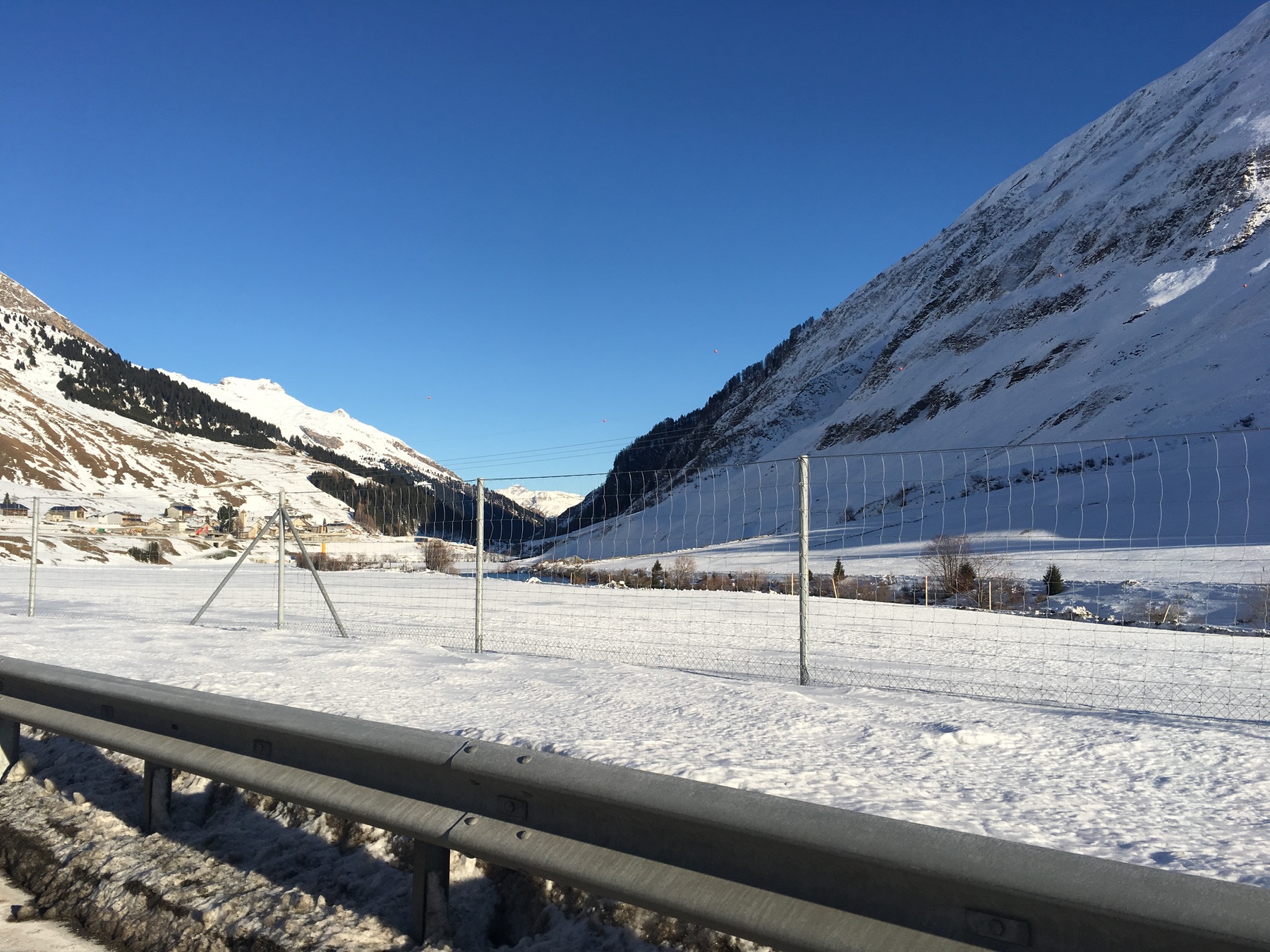

- #SECURE PAGE VERSUS FILESAFE RAPIDWEAVER CODE#
- #SECURE PAGE VERSUS FILESAFE RAPIDWEAVER PROFESSIONAL#
Do you want to irritate perspective customers with a poor user experience? It’s annoying! Many people use the right-click menu for other ligament reasons like Opening a link in a new window, so their browsing habits might be to right-click.

It has nothing to do with where the images are stored (resources, warehoused, dragged onto the page).
#SECURE PAGE VERSUS FILESAFE RAPIDWEAVER PROFESSIONAL#
And the real professional thieves use tools(like site sucker) that won’t even know that “protection” was there. Even an amateur thief can easily get around the “blocking right-click” without anything more then the tools built into every browser.
#SECURE PAGE VERSUS FILESAFE RAPIDWEAVER CODE#
Otherwise hand-type code to access assets/resources.“Protection” tools like this are a waste of time and money. In most cases this isn't a problem, as RapidWeaver by default > Assets section are kept separate from other pages in your RapidWeaver 4, any files you add via the Page Inspector -> Header #Pagesafe versus filesafe rapidweaver code Puts each page of your website in its own folder. Since each page can have its own assets, RapidWeaver has to For example, let's say you put several related pages into the This approach is that it can cause confusion when you restructure your This means (if youĭon't change anything) that the files you add to a page can be accessedīy referring to the "assets" folder. Keep track of which files belong to which page. Let's see this in action to make sure it's completely clear: RapidWeaver 4, the "assets" folder is renamed to pagename_assets for the pages that share the same folder.

The URL on your website for that page may look like this:Īnd let's also say you made a diary of your vacation and put it here: Say you have a photos page with pictures from your recent vacation.

This example, the two pages (photos.html and diary.html) share the sameįolder (vacation). This is a tremendous improvement, as it means you can access RapidWeaver 5 does away with "page assets" and instead uses "sitewide Make sense? (If not, don't worry, this has confused a lot of people.) In RapidWeaver 4, in order to keep each page'sĪssets separate, the assets folder would be renamed to photos_assets (for the photos.html page) and diary_assets (for the diary.html page). The files you add to your website from anywhere you want. To your website is also much easier - you can just drag and drop anyįiles into the Resources section of the RapidWeaver sidebar. The sitewide resources, and RapidWeaver then figures out the path to This special syntax tells RapidWeaver that you want to use a file in To make things even easier, RapidWeaver 5 allows you to access any of the files in sitewide resources by using this macro: %resource()% You canĪlso use the "Add Resources" button in the upper left of the RapidWeaver Macro? First, find out the filename for the file you want to use. Refer to a file inside that folder, just include the folder name as If you've added an entire folder to sitewide resources, and want to Insert that filename in between the parenthesis of the macro, like so: %resource(image.jpg)%. #Pagesafe versus filesafe rapidweaver code.


 0 kommentar(er)
0 kommentar(er)
